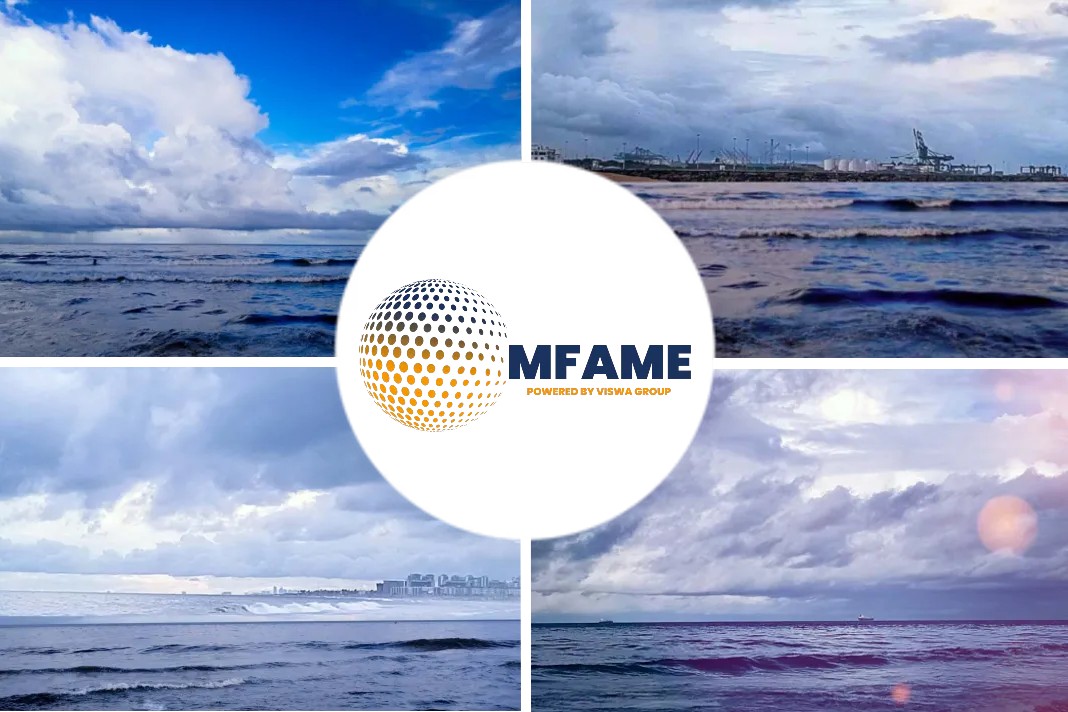- HSFO to 2020 compliant fuel shift has raised concerns regarding sufficient compliant product availability.
- The uptake of scrubbers has not been as extensive as initially expected, due to the doubt regarding HSFO availability.
- The quality of the HSFO depends on the quality of the crude oil, and is usually blended with gasoil to produce intermediate fuel oils.
- Liquefied natural gas (LNG) is also considered as an option for 2020 compliance to drastically reduce SOx emissions in comparison to HSFO.
- The safe storage and handling of the bunkers require monitoring, segregation and tank cleaning between different types/grades.
- The IMO is focusing on implementing the regulations, which is a step towards better compliance.
As the global maritime industry is sailing towards a new sulphur regulation imposed by the International Maritime Organisation (IMO), bunker fuels’ availability and compatibility remain a concern for shipowners and operators, reports Seanews.
Significantly lower sulphur content
With IMO 2020 sulphur regulation in place, the sulphur content provisions will be significantly lower than the present 3.50% limit.
It will require parties to turn to compliant fuels such as marine gas oil (MGO) with sulphur content below 0.50% (LSFO) or the ultra-low sulphur fuel oil (ULSFO) of 0.1% maximum sulphur content which is used in the ECAs.
Direct impact on oil majors
The shift from HSFO to 2020 compliant fuel has raised concerns within the industry that there may not be sufficient compliant product available when the cap comes into force on 1 January 2020.
More than 200mn t of high-sulphur bunker fuel will need to be replaced by lower sulphur alternatives. It will have direct impact on oil majors, which have confirmed they will be ready with enough volume of compliant fuels and blends in the second and third quarter of 2019.
Two effective options to be compliant
There are effectively two main options available for compliance: either using compliant fuel or adopting so-called ‘approved equivalent methods’.
Although the use of the latter, which includes installing exhaust gas cleaning systems (‘scrubbers’) is predicted to increase, especially after 2020, for the immediate future the vast majority of ships are expected to comply with the new rules by opting for the consumption of compliant fuel.
HSFO quality and availability issues
The uptake of scrubbers has not been as extensive as initially expected, coupled with the shift towards compliant fuels after 2020, makes it possible that there may be HSFO availability issues for ship owners that will be using scrubbers.
The vast majority of vessels are currently using heavy fuel oil, high in sulphur content (HSFO), a residual fuel that is recovered during the extraction of crude oil.
The quality of the HSFO depends on the quality of the crude oil, and is usually blended with gasoil or marine diesel to produce intermediate fuel oils and achieve the consistency and quality levels required.
Study findings supported by BIMCO
Experts believe that the impact from scrubbers will not significantly affect the overall marine fuel market. Some shipowners installing scrubbers will benefit from engaging into contracts since availability of high sulphur fuel oil (HSFO) is likely to decrease outside the main ports.
A study undertaken on behalf of the IMO confirmed that there will be available fuel to comply with the requirements, whereas a study supported by BIMCO has suggested otherwise, noting the impact on the markets is projected to be substantial.
LNG as a compliance option
Liquefied natural gas (LNG) as fuel has also been considered as an option for 2020 compliance to drastically reduce SOx emissions in comparison to HSFO.
A further advantage is that the relevantly consistent specification of LNG at the available ports is unlikely to cause any issues compared to switching to new products which could be unstable or incompatible with other fuels.
However, there are concerns regarding access and availability of suitable bunkering facilities in all trading routes and the prohibitive cost of retrofitting vessels makes the use of LNG a real option only for new builds.
Fuel price fluctuations expected
Potential product shortages will also lead to fuel price fluctuations and present pertinent issues with regard to the practicalities of bunkering.
The industry’s commitment to full and immediate implementation of the new regime could lead to an initial period of problems as compliant fuel may not be globally available causing delays and expense.
Market behaviour with supply and demand
There is uncertainty as to how the markets are likely to behave, though it is expected that the price of low sulphur compliant fuel is likely to increase (and then stabilise) and that of HSFO decline.
This would be a matter of supply and demand and also of fuel availability. It will not be long before owners turn to compliant fuels that are blends, motivated mostly by the need to minimise costs, where possible.
Given that compliant fuels may differ in their composition from supplier to supplier and port to port, consideration should be given to issues of compatibility between them.
Implementing regulation for better compliance
The safe storage and handling of the bunkers is likely to require monitoring, segregation and tank cleaning between different types/grades.
The bunker industry needs to adjust its focus to meet regulatory and customer demand for compliance and quality focus. The demand for further transparency will accelerate the growth of bunker companies which have already adjusted their operating models.
Those that cannot make the transition are likely to be disqualified by customers who are looking for a safe port.
“The IMO is looking at how to delegate responsibility for implementing the regulations, which is a step towards better compliance. But there are no global standards, which is also something that may increase the tendency for non-compliance,” an industry expert said.
Did you subscribe to our daily newsletter?
It’s Free! Click here to Subscribe!
Source: Seanews

















